This week I’ll be travelling by car from my home in Malvern, south of Worcester, to Castleford in West Yorkshire, where I’m appearing as guest author at the Castleford Roman Festival on Saturday. (I may have mentioned this before, just the once or twice. Tickets for my talk might still be available…)
It’s a trip of 154 miles, about four hours, allowing for a quick comfort stop somewhere well north of Birmingham. Mostly by motorways serving some of our biggest conurbations like Birmingham, Derby, Nottingham, Sheffield and Doncaster. (Note that only one of these modern cities is a Roman foundation.)
It occurred to me while checking the route to wonder how I would have done the trip in Roman times. Which was possible in AD 224, as both my start point (near Vertis, now Worcester) and my destination (Lagentium, now Castleford) were Roman towns.
Given that the Roman road network would have been both well-developed and well-maintained in my chosen period, I could have covered the ground faster than you might imagine: between 1.5-5 days, depending on whether I had access to the fast horse relay system set up for travellers on official business. Inns (mansiones) with accommodation, fresh horses and meals were available every 25 miles or so, with staging posts even closer.
So let’s get Roman, and look at the route I would have taken in AD224:
Vertis via Salinae to Letocetum
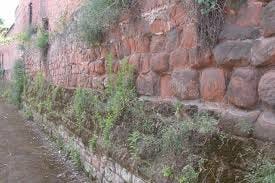
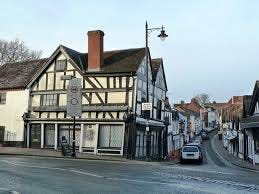
The only thing we know for sure about Roman Worcester is that it was almost certainly here. Both its name, and its strategic position on the road between Salinae and Glevum (Gloucester), plus a possible Severn river crossing here, attest to its existence. At least archaeology has uncovered evidence of massive 2nd-3rd century iron-smelting works in Worcester.
From Worcester to Droitwich (Salinae) the Roman road ran west of the modern M5. Droitwich was, and still is, known for the superb quality salt produced from its brine baths. An incredibly valuable resource for the Roman army, which got dragged in ox wagons over the Malvern Hills in ancient times, on a dangerously vertiginous road.
If you don’t believe me, here are two denizens of historic Droitwich to put you right:
At Wall (Letocetum) our road, Ryknild Street, met the better known Watling Street, which the Romans built to get to Deva (Chester) in a hurry from London. Not fast enough to stop Boudica, though, for quite some time. We visited the extensive remains of a highway mansio here: a large, comfortable wayside inn, with stabling, decent food and heated rooms, and a huge bathhouse. A sort of top-quality Premier Inn-plus-leisure centre of its day.
Interestingly, this road managed to run straight through Birmingham considerably faster than you can skirt it these days. Mainly because Brum didn’t yet exist, due to the lack of any obvious attractions. Saying nothing.
Letocetum to Derventio
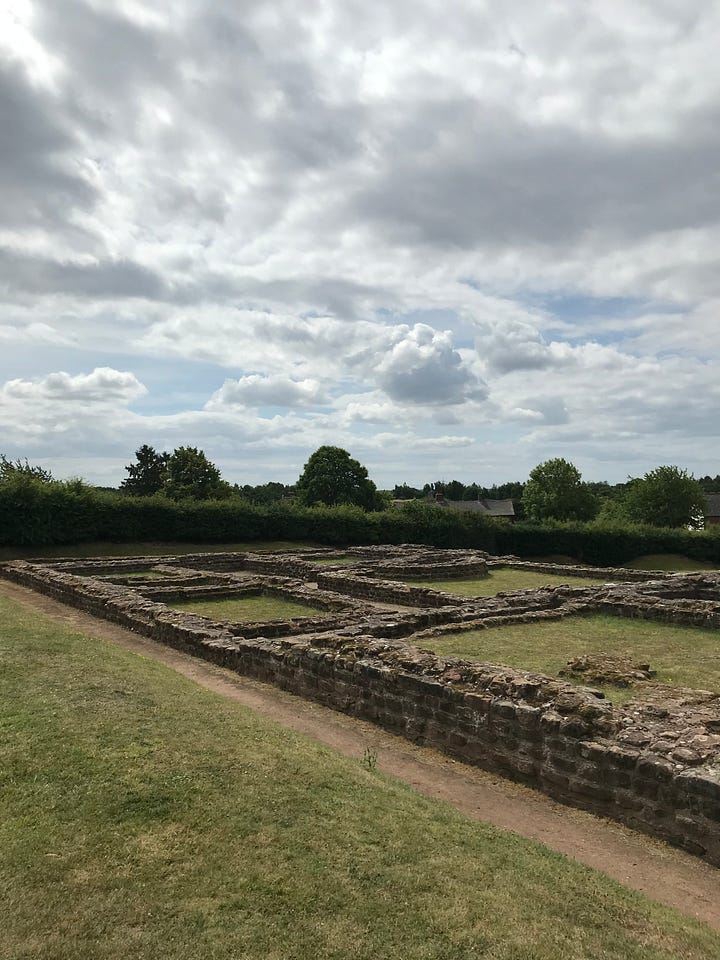

Still on Ryknild Street, the road from Letocetum runs straight as an arrow, north-east through modern Burton-on-Trent to modern Littlechester (Derventio) in Derby.
[Aside: The English word-ending -chester (like -caster and -cester) denotes a place where the incoming English noted that a Roman fort or camp had been.]
From here, our modern highways have been sucked away westwards by the gravitational pull of Sheffield, but the Roman road continues, we think, in an absolutely straight flight till it intersects with another major road linking Lindum (Lincoln) with Danum (Doncaster). See the cunning -caster suffix there?
Chesterfield to Lagentium
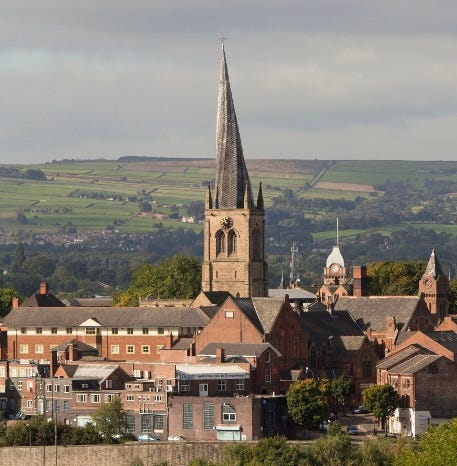
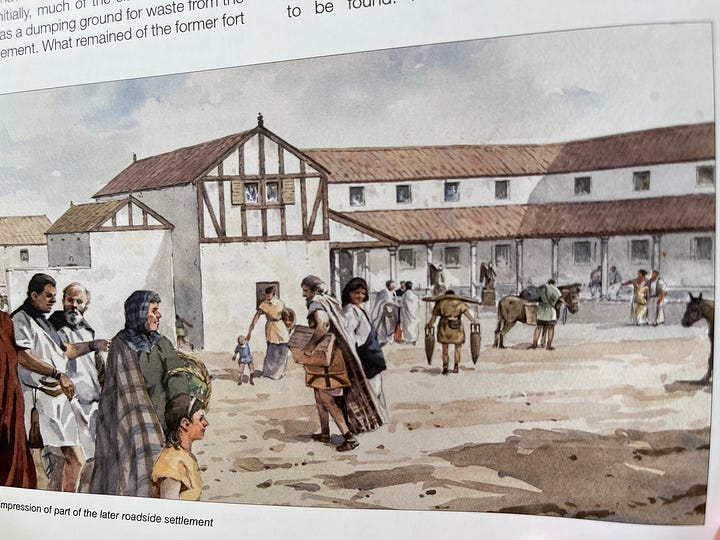
Modern Chesterfield (possibly Roman Lutudarum) is best known for its amazing Crooked Spire church, which heralds the visitor’s arrival from many miles away. A miracle of perseverance in escaping gravity, surely. The name gives the hint (again) of Roman origins; it is thought the town was built in an open field near an abandoned Roman fort, or fortified town. There must be a lot more to be explored in Chesterfield’s history.
Rotherham, up the road further north, was also a Roman establishment, its origins a fort on the river Rother. Beyond Rotherham, we have to prepare ourselves for a big swerve left, as our road finally intersects with another — the main road from Lindum (Lincoln) to York (Eboracum). But no need to go that far.
We’ve arrived at our destination, Castleford (Lagentium), on the river Aire.
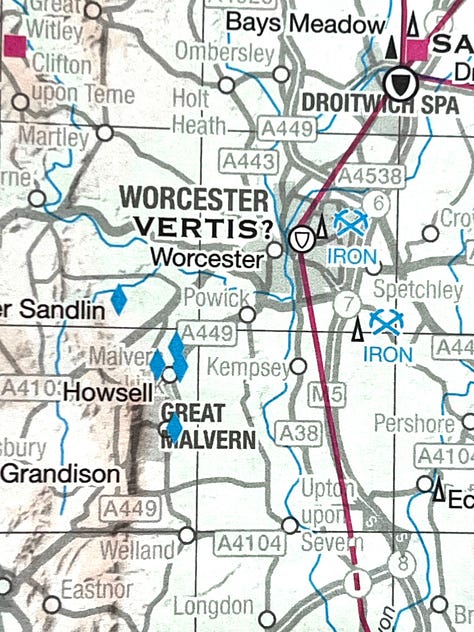
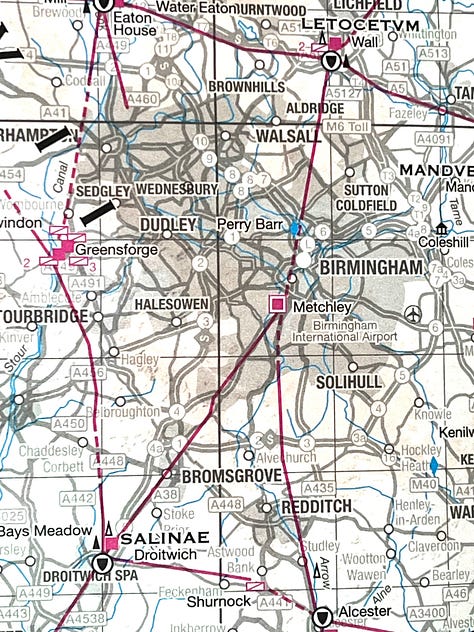
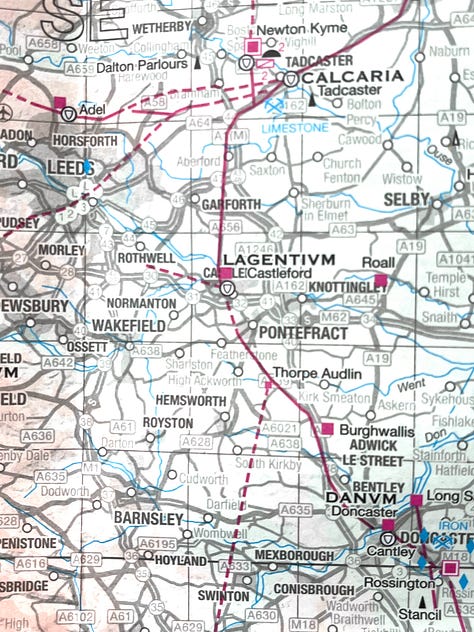
What a trip! I’m heading off now, to get my maid to assemble my outfit of linen tunica, with fancy yellow-dyed stola fastened with gold clasps, topped by a carefully draped pale blue palla. And if the goddess of spring, Flora, favours me, I won’t get my dainty cutwork leather sandals too ruined on Saturday. Wish me luck — or bona fortuna!
[Jacquie’s latest Roman mystery, The Loyal Centurion, is out in ebook and paperback now. You can follow Jacquie on social media, watch her research videos, and read her non-fiction articles at Linktree.]




Shouldn't that be the "Britons" who the Romans were coming in on, not the "English"? You know, plaid clothing, swirly curves on the artwork?
Fascinating, Jacquie! Thanks so much for the mini-tour of Roman Britain.